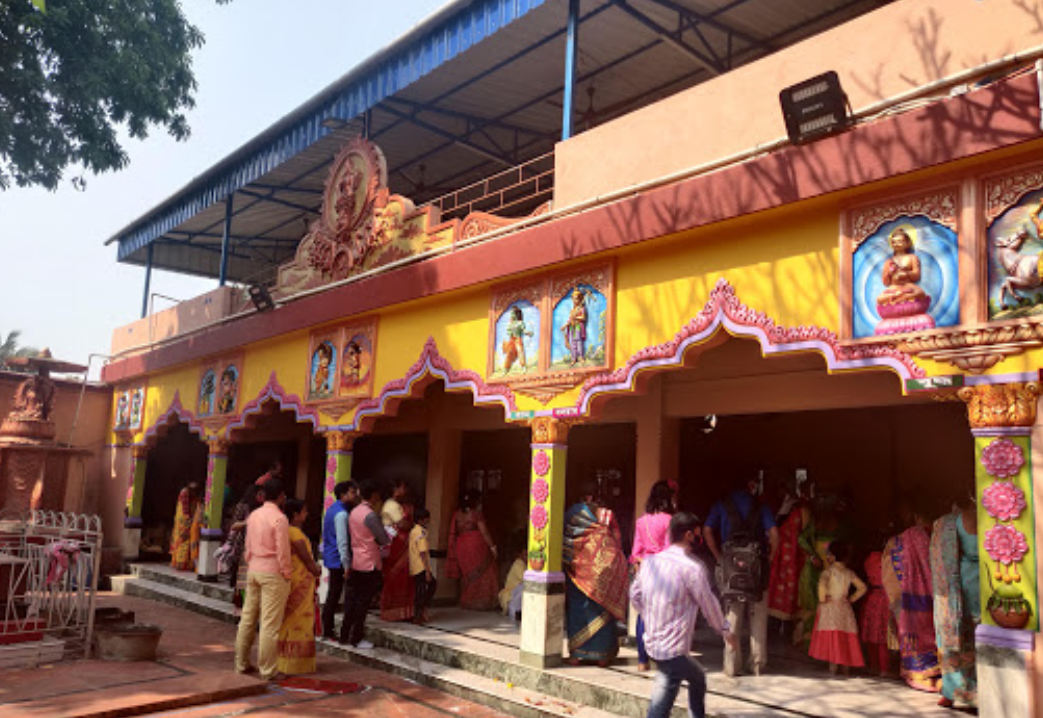
About the Temple
Kali Temple in Bengal is not an unusual thing. In every locality, you will find Goddess Kali in its temple and thousands of people throng in during special or festival days. But this Kali Temple, 85 KM away from Kolkata (then Calcutta) is something special.
Bargabhima Temple is not like the typical Kali Temple. It has a rich history. Located on the banks of the River Rupnarayan in an ancient city named Tamluk (earlier Tamralipta) in the Purba Midnapore district of West Bengal, Bargabhima temple constructed approximately 1150 years before, is regarded as one of the oldest temples of Bengal.
Inside the inner sanctum, the black stone idol of Goddess Kali is seen beside the Shiva Linga. The deity has four arms. Upper arms are holding a Trident and a human skull. In her lower hands, she carries the heads of the demons after slaying them.
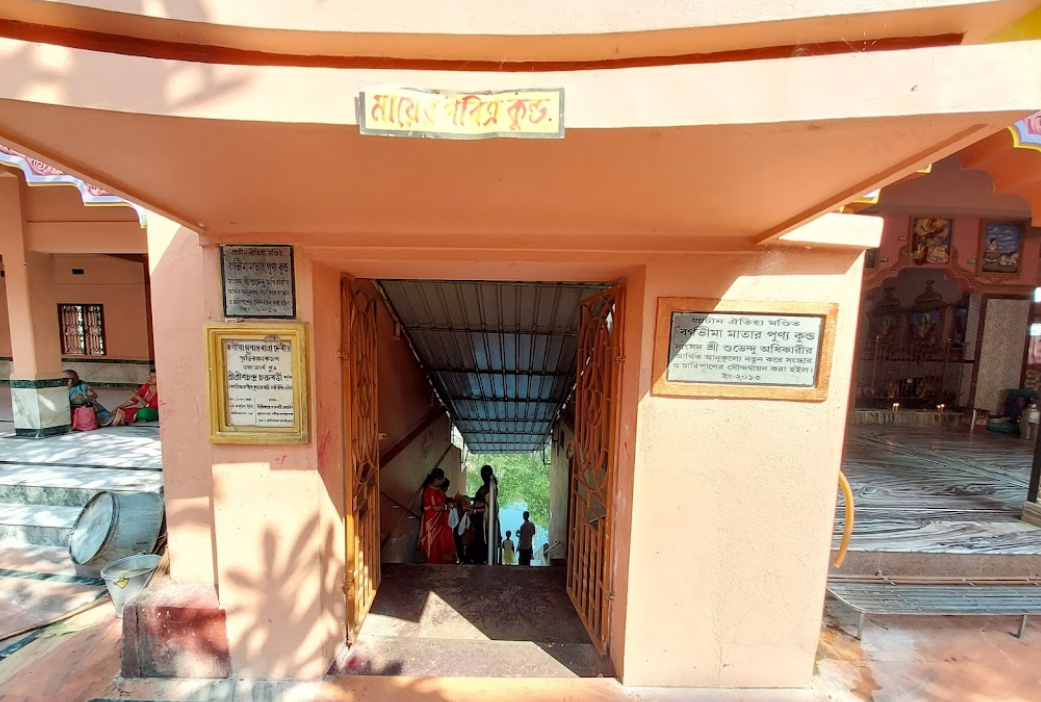
History
The reference to Bargabhima Temple is even found in the epic Mahabharata where it is mentioned that this place was acquired by none other than Bhima. The Bargabhima Temple is believed to have been constructed during the medieval period, possibly in the 16th century. The exact date of its establishment remains unclear, but its architectural style and religious significance point to a time when the region was under the influence of various rulers.
During the period when the Bargabhima Temple was likely constructed, Bengal witnessed various shifts in power dynamics. The region experienced the rule of different empires, including the Delhi Sultanate and the Bengal Sultanate, followed by the Mughal Empire. The temple reflects the amalgamation of diverse cultural influences that shaped Bengal’s identity over the centuries. The present temple building is newly constructed as the original one was demolished due to repeated Islamic invasions.

Origin
As per the Mahabharata, Tamradhwaj was the ruler of Tamluk who hailed from the Mayur dynasty. He was the main person to build this temple.
Some says that before the establishment of Tamralipta, this temple was established. Bargabhima temple was built in the Sen dynasty. Especially of the time of Ballal Sen. As the opinion of historians, this temple was a Buddhist monastery. It is in the Buddhist religion that this Hindu temple was established as the restoration of the Hindu religion. For this course, this temple was built in Sen time.
Some writings were depicted on the wall of Bargabhima temple Devi Puran, Chandimangal of Mukundaram and Markendio Puran Devi Bargabhima was mentioned –
“Kapalini Vinarupa Bamgulko
Bibhaske
Vasirabasheh Mahadev Surbanand
Subhiprad”
Twelfth chapter of Brahma Purana described that – Tamralipta purdeshe cha Baagabhita Birajate
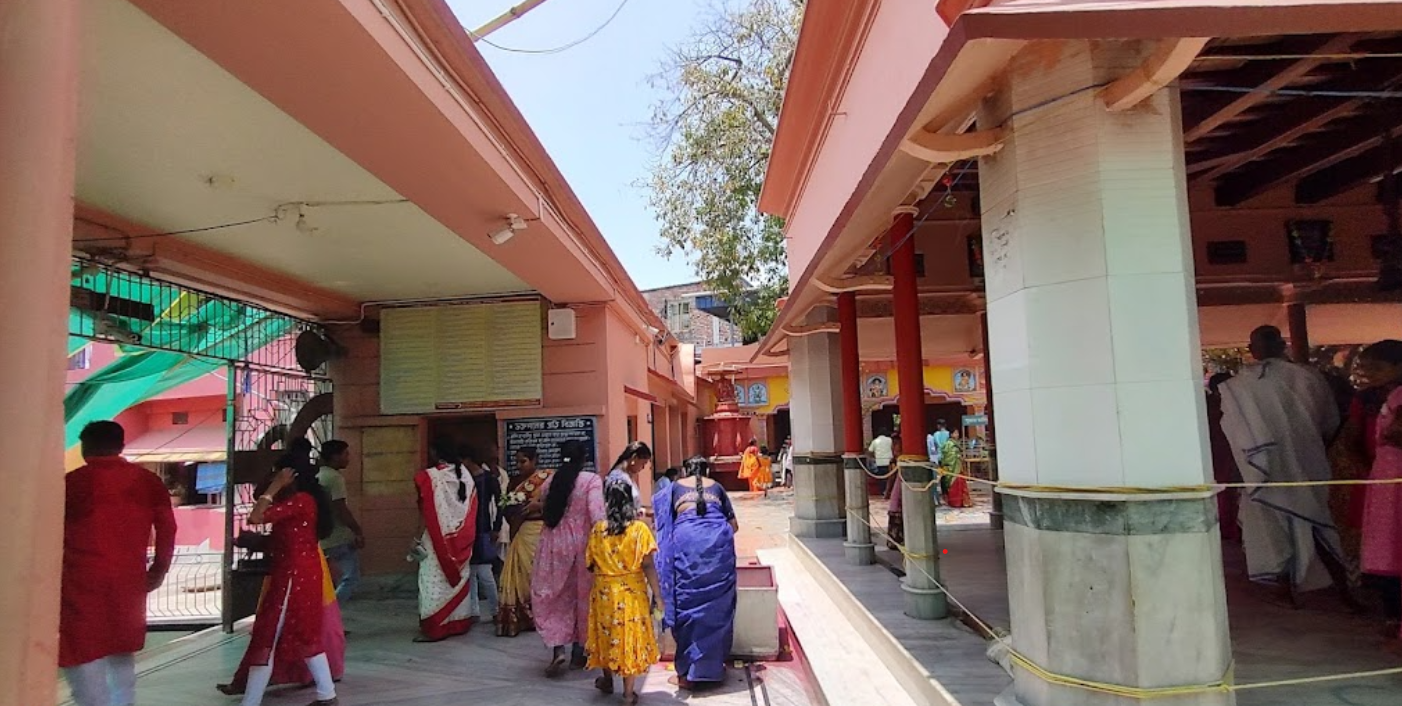
Architecture
You will find the Kalinga architecture flavor in this temple along with the Athchala Natmandir concept of Bengal. The height of Deul is around 60 ft and the Terakota inscriptions are there all over the walls. Deity is made of Black Stone here. Its design incorporates elements characteristic of the terracotta style, with intricate carvings adorning the walls. These terracotta panels depict scenes from Hindu mythology, local folklore, and daily life, providing a visual narrative of the era in which the temple was built. The temple sees a mixture of Hinduism and Buddhism culture throughout.
The main temple was reconstructed but still it bears its same ancient structure. It has a round-shaped roof. It is divided into 4 parts. The main temple is divided into Jagmahan, Jajana temple, and pot temple. All parts of this temple were not constructed at the same time. 27 terracotta works found in Bargabhima temple.
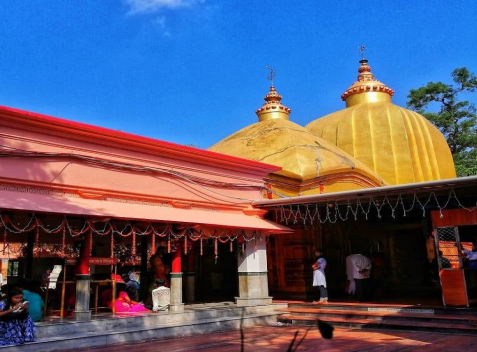
The architectural form of Bargabhima was mostly influenced by the Orissa temple architectural style. The temple of Orissa has three types of deul – Rekha Deul, Pitha / Vadra Deul, and Khakra Deul. Devi Bargabhima is mainly Rekha Deul temple. Long Sikhar, this type of Sikhar also can be seen in the Lingaraj temple. Rekha deul is an architectural form where many temples are placed in one line. Bargabhima Temple has a Vimana (structure containing the sanctum), Jagmohan (assembly hall) Nat mandir (festival hall), and Voga Mandir. The sanctum of the mandir is quite similar to the Jhargram Rameswar temple. Devi Bargabhima temple architecture style is also similar to Sri Hari Baldev JewTemple which was established by the Mayurbhanj Dynasty of Baripada.

Myths
The temple is considered one of the 51 Shakti Peeth where the Left Ankle of Sati fell. The myth goes on to such an extent that it is believed that one lady used to visit the King’s Palace to give live Murrel fish. Tamradhwaj was curious to know how she could find live Murrel fish every day throughout the year! He was told that there is a well inside the jungle and sprinkling of that water to any dead fish brings it alive. King went to see that in person and it is believed that in that jungle there was no well and he suddenly found the deity of Devi Bargabhima which he established back and started worshipping.

Myth continues to the famous Kalapahar also. When Kalapahar was in full swing to destroy all Hindu Temples, somehow he stopped himself from damaging it and instead worshipped Devi Kali.
A section of people say that in ancient mythology, there were Four Barga(s) – Dhormo, Artho, Kaam & Moksha. Controlling all four was an art and the temple name Bargabhima came from that.
There is another touch. Lots of stories are associated with Fa Hien, the famous Chinese globetrotter, and Hiuen Sang, the famous historian who came to Tamralipta in their time. Buddhidrum started his journey to Singhal (Now Sri Lanka) from here only.
Nowadays
It is believed that almost all the freedom fighters from the Midnapore region including the great Khudiram Bosu used to worship Devi Bargabhima before going for any encounter with the British people. The tradition is still continuing. People do worship Devi Bargabhima first, then others.
Local people used to celebrate Durga Puja and Kali Puja in this temple with full devotion. Everyday prasad is distributed to all devotees and unlike most of the temples, the prasad or bhog is cooked Murrel fish which is a Non-Veg item. The Bali (Sacrifice) process was there in earlier times, but with the advent of time, this ritual has been abolished. Apart from holding the Baruni Fair every January, the Bhima Fair is celebrated from the 11th day of Magha Month, known as Magha Suddha Ekadashi.
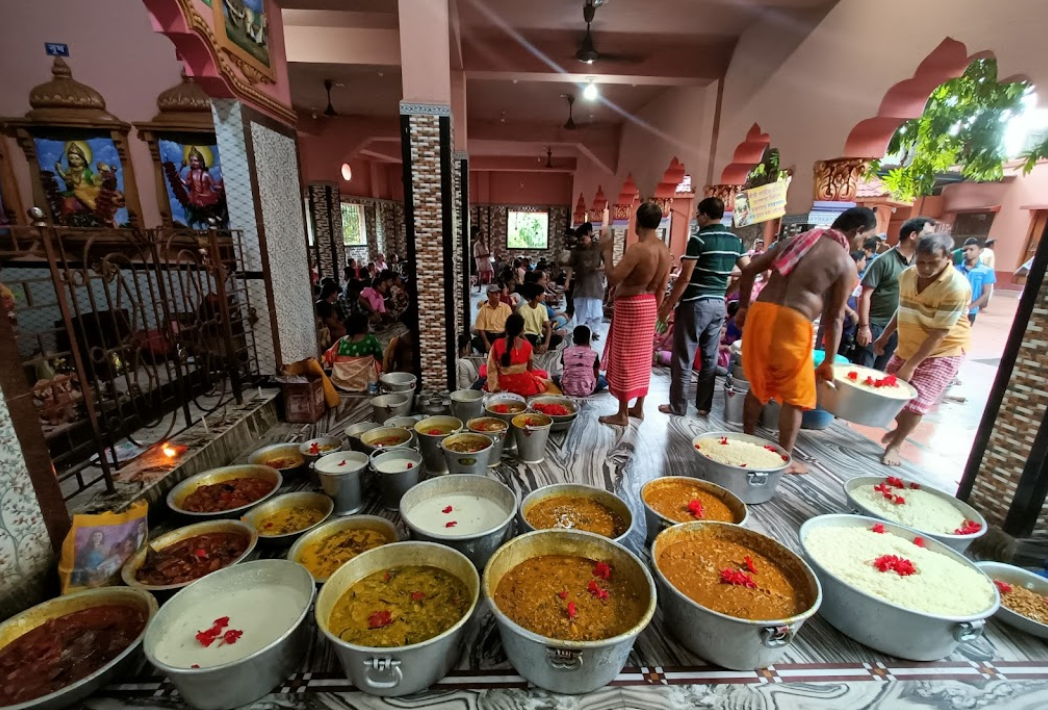
End Note
Bargabhima Temple’s fame extends beyond its historical and architectural significance. Pilgrims and tourists alike are drawn to the temple to experience its spiritual aura and marvel at its intricate craftsmanship. The temple stands as a testament to the enduring religious and cultural practices that have been integral to Bengal’s identity.
Bargabhima Temple in Tamluk, Midnapore, stands as a tangible link to Bengal’s vibrant past. Its historical, architectural, and religious importance makes it a cherished heritage site, inviting visitors to explore the cultural tapestry of the region and connect with the spirituality embedded in its ancient walls.
© Write Up & Photos: Saikat Gupta Published in Times of India 2022